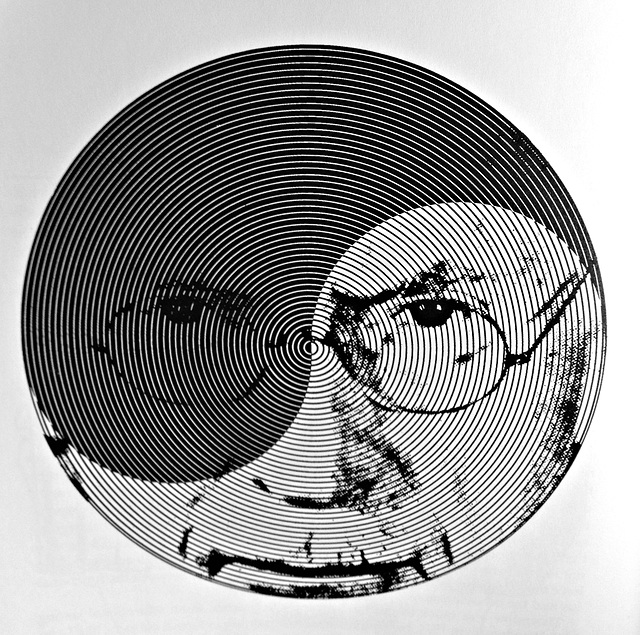Charles Robert Darwin
Francis Galton (1822 - 1911)
Leo Semionovich Vygotsky
Roger Walcott Sperry
Ivo Kohler
Cala Lilly
Truth
Seattle Eye
One who overrides the territories of others
Salmon Pink
Spring in the swamp
Tilips
Totum
Totem
Bruce Lee's resting place
Bruce Lee's resting place
Nice place for a drink or two ~ no gentleman will…
Greedy cow...
Street Artist
Japanese Garden
Flower Art
Yard through the mesh
On an Early Spring day
Arthur Schopenhauer
Wandering North Magnetic Pole
... At the end of the road...
We deliver
Lawn
Siesta on Pier # 39
Calla Lilly ~ White
Calla Lilly
INDIA JONES'
If we don't....
Morning workout
The Bridge
Keeping the economy vibrant
How did we spent time before Smart phones...?!
They don't look at each other!
...All the lovely people....
Reaching San Francisco
Yes, .... this is it...!
Sancho Panza kept on drinking......!
$6 a bunch
Keywords
Authorizations, license
-
Visible by: Everyone -
All rights reserved
- Photo replaced on 26 Jun 2018
-
11 visits
Jung


Portrait after a photograph in: Runes, D.G. 1959. Pictorial History of philosophy. New York: Philosophical Library
- Keyboard shortcuts:
Jump to top
RSS feed- Latest comments - Subscribe to the comment feeds of this photo
- ipernity © 2007-2024
- Help & Contact
|
Club news
|
About ipernity
|
History |
ipernity Club & Prices |
Guide of good conduct
Donate | Group guidelines | Privacy policy | Terms of use | Statutes | In memoria -
Facebook
Twitter

Jung studied comparative religion and the occult throughout his life, and he placed particular significance on visual symbols, like the mandala, used in different cultures. These included yin-yang -- representing the union of opposites -- and Jung is shown within a variant of this symbol made up of concentric circles. ~ Page 131
Sign-in to write a comment.